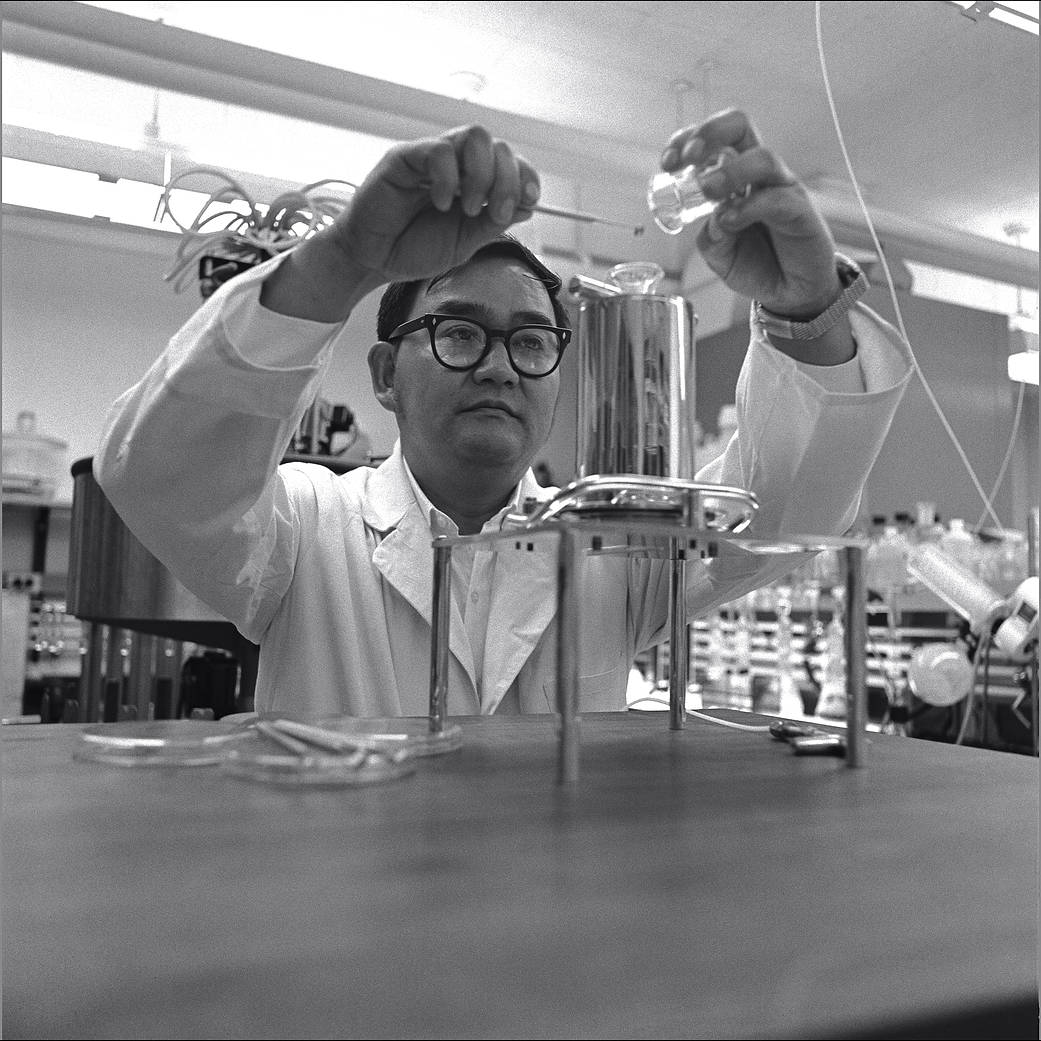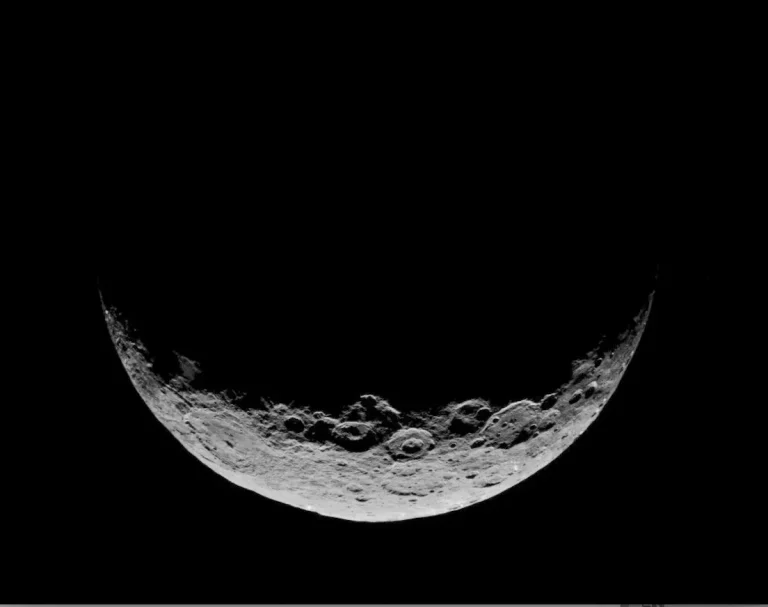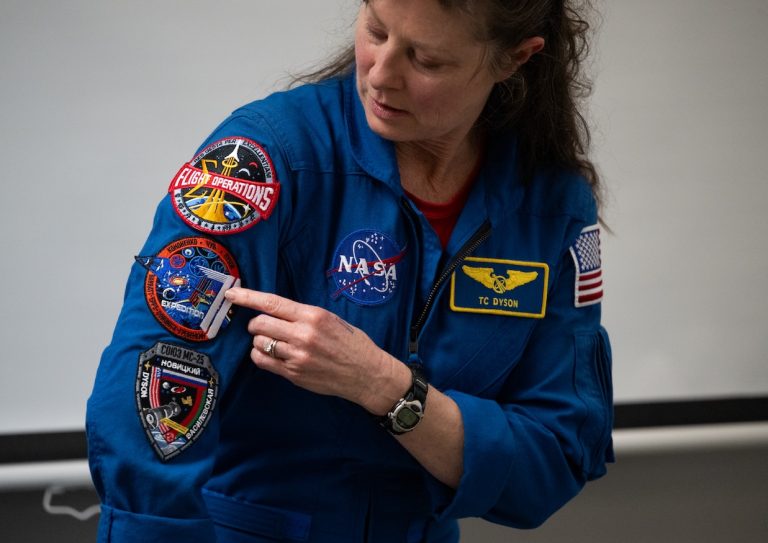In this image from 1969, Life Detection Systems branch chief Vance Oyama operates a specially designed soil distribution system, used for dispersing the lunar soil in equal amounts to thousands of petri dishes as part of the lunar biological experiments performed at NASA’s Ames Research Center.
Oyama had a long career at NASA and also helped to design experiments for the Viking Mars Landers.
This is one of a series of photos from 1969 that shows researchers at NASA’s Ames Research Center examining samples of Moon rocks and soil and that astronauts brought back from the Apollo 11 mission. The researchers are looking for signs of life endemic to the Moon, as well as organic compounds that are the basic building blocks of life. Of course, no lunar life was found in these samples, and we now know that the Moon does not harbor life. Nevertheless, these tests became the first time that NASA looked for the possibility of life existing on another world using samples from that world.
Learn more about the Lunar Biological Lab at NASA Ames.
#AAPI
Image Credit: NASA/Zabower
在这张1969年拍摄的照片中,生命探测系统部门主管Vance Oyama操作了一种特殊设计的土壤分配系统,该系统用于将月球土壤均匀地分散到数千个培养皿中,这是NASA艾姆斯研究中心(Ames Research Center)进行的月球生物实验的一部分。
Oyama在NASA工作了很长一段时间,他还帮助海盗号火星探测器设计实验。
这是1969年的一系列照片之一,照片显示NASA艾姆斯研究中心的研究人员正在检查宇航员从阿波罗11号任务中带回的月球岩石和土壤的样本。研究人员正在寻找月球特有的生命迹象,以及构成生命基本组成部分的有机化合物。当然,在这些样本中没有发现月球生命,我们现在知道月球上没有生命。然而,这些测试成为NASA第一次使用来自另一个世界的样本来寻找生命存在的可能性。
了解更多关于NASA艾姆斯月球生物实验室的信息。
# AAPI
图片来源:NASA/Zabower







